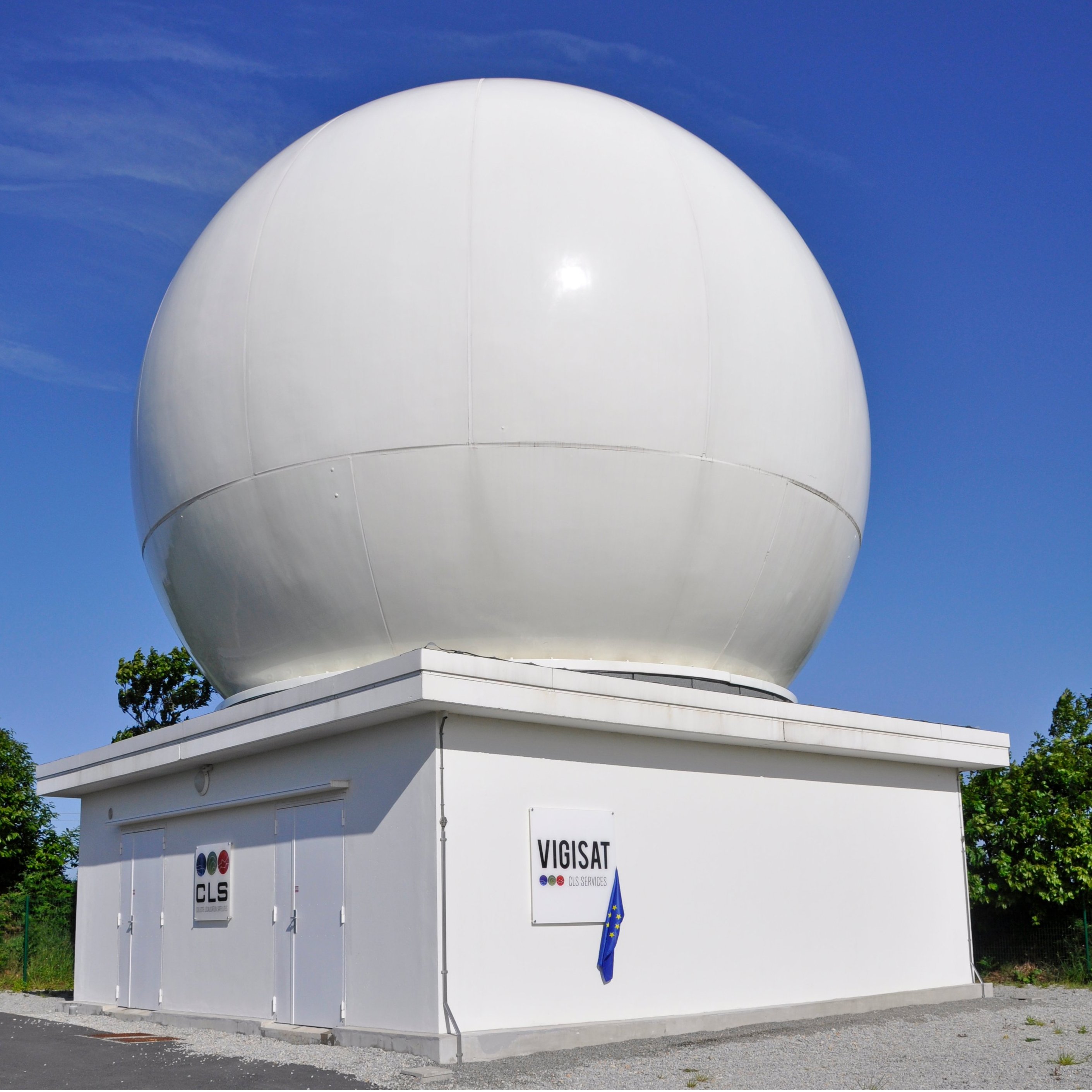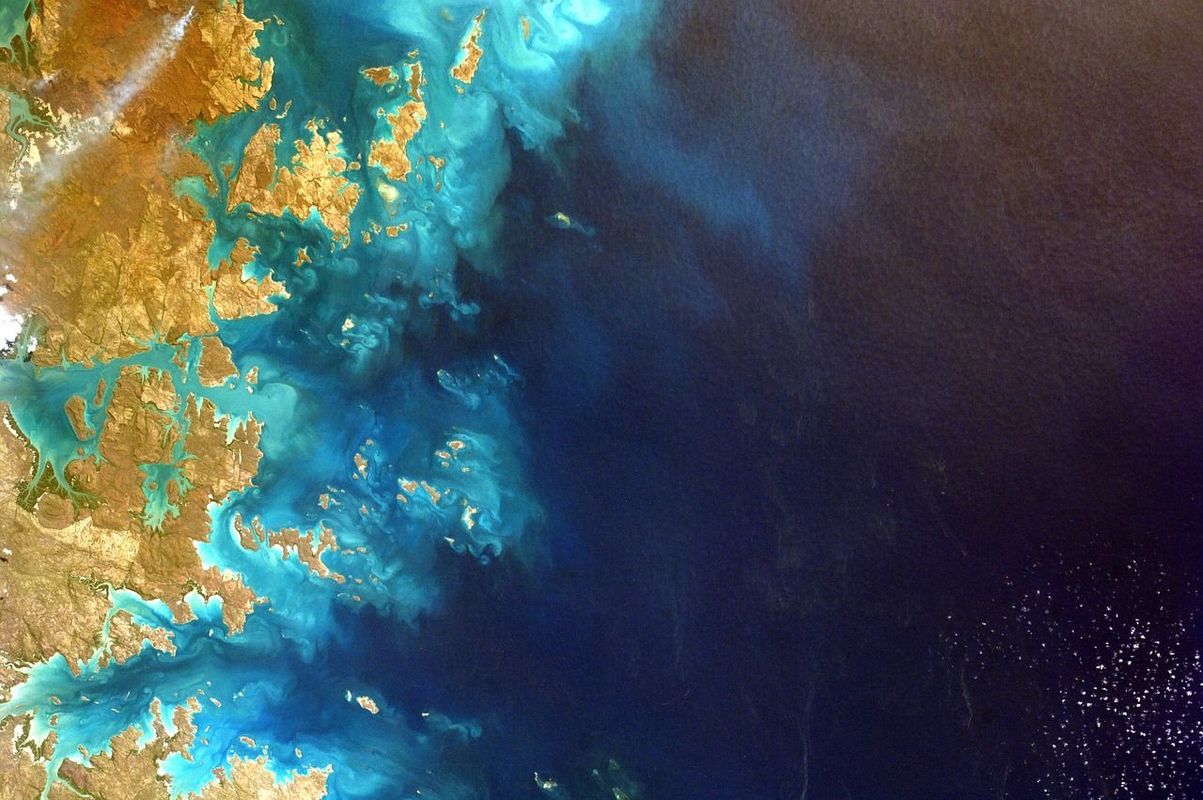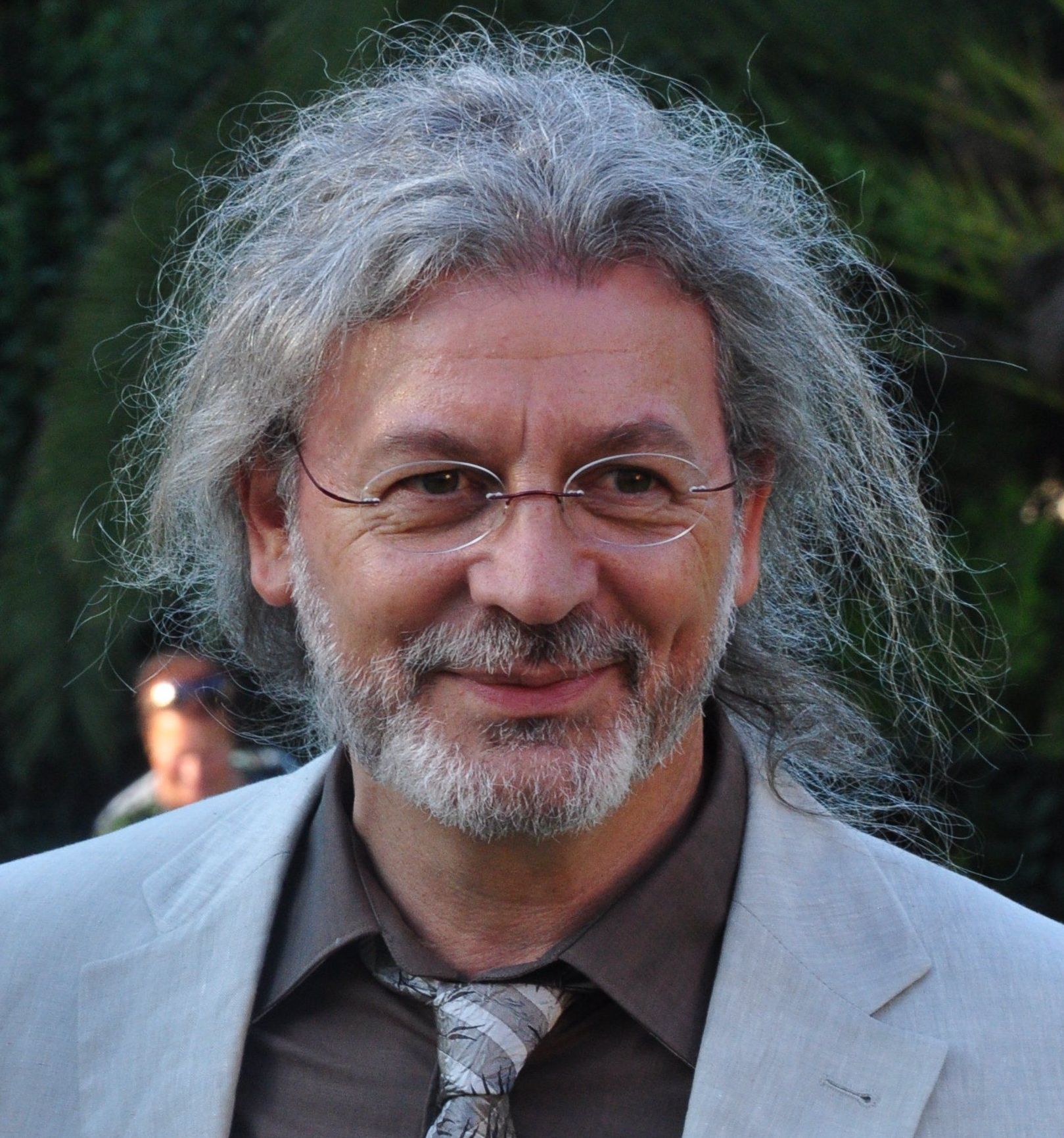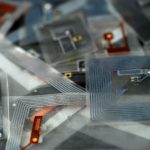An ocean of environmental data to be processed
If nowadays we can detect icebergs along the route of the Vendée Globe, track and identify ships causing pollution from space, and define ecological corridors and reserves for the protection of animal species, it is largely thanks to stations which receive and process satellite images in real time, and the progress made in the last twenty years in the field of signal processing.
The creation of resources for environmental surveillance, sustainable management of marine resources and maritime safety is a key research priority of the Institut Mines-Télécom, and a field to which René Garello – a signal processing researcher at Télécom Bretagne, Director of GIS BreTel, and the recently elected president of the IEEE[1] OES (Oceanic Engineering Society) international academic association – has made major contributions.
Mapping, climate change, the battle against pollution, oceanography… a number of organizations working in these fields can be found in the city of Brest, with many of them collaborating at the Pôle Mer Bretagne competitiveness cluster, working together for a safe and sustainable maritime world. An expert at Pôle Mer and representative of the Brittany region for NEREUS (the Network of European Regions Using Space Technologies), René Garello is a key figure in this research community, covering both remote sensing and marine science.
Remote sensing and environmental observation
René Garello joined Télécom Bretagne in 1984, after three years at the NOAA (National Oceanic and Atmospheric Administration), the American agency responsible for the study of the ocean and the atmosphere. His thesis on radars for observation of the ocean surface led him to explore further practical applications, bringing valuable specialist skills to the agency.
Upon returning to France he continued to plough his own unique furrow, finding practical applications for scientific breakthroughs. While pursuing his research at Télécom Bretagne, the young researcher was also setting up European projects with German, British and Italian partners on marine surface observation and remote sensing. The first links were made with IFREMER (Institut Français de Recherche pour l’Exploitation de la Mer – French Research Institute for Exploitation of the Sea), which was commissioned by the IEEE OES with the organization of its flagship conference, OCEANS, in 1994. In 2005, René Garello chaired the second edition of the event in Brest.
The strength of his work lies in its two-dimensional approach to methods which were previously only used for one-dimension signal processing. “The starting point was signal processing, something which immediately interested me during my graduate studies, when I developed a particular interest in mathematics and its applications,” explains René Garello. Despite often relating to image-type data, this particular case was a question of two-dimensional signal processing as opposed to image processing.
Remote sensing is now carried out in ocean, coastal and inshore areas as well as both rural and urban areas for environmental purposes. VIGISAT (see text box) is a ground station for direct reception and analysis of satellite images, located in Brest and operated by CLS[2]. It provides ocean observation and surveillance services to a variety of organizations, including those responsible for government action at sea, defense, offshore construction, researchers and environmental associations…
[box type=”shadow” align=”” class=”” width=””]

The station for direct reception in Brest
VIGISAT, a station for direct reception and analysis of satellite images operated in Brest.
This cutting-edge facility was created by a Télécom Bretagne start-up called Boost Technologies, set up in 2001 by Professor Vincent Kerbaol, in which René Garello was a founding partner. A technology transfer partnership (for data processing software) was set up between Télécom Bretagne and Boost. The goal of this venture was to create a satellite radar receiving ground station in Brest, but such an infrastructure raised complex management issues (cost, maintenance, contracts with the European Space Agency) and the VIGISAT platform eventually came to fruition at the end of 2009, once Boost received backing from CLS. VIGISAT receives, processes, analyzes and distributes high-resolution radar images from European and Canadian satellites, 24 hours a day and in real time. Learn more [/box]
A constant interplay between theory and practice
René Garello’s main interest is still finding new applications for signal processing in the maritime context. “The marine surface is of great interest to a signal processing specialist, and it’s a useful subject to study: the sea provides a statistic that is non-Gaussian, non-stationary and non-linear. None of the models given to students are still applicable. For example, the noise model is not additive but multiplicative, there is nothing we can find in text books”, explains the professor.
The marine surface constitutes a film of water otherwise known as “surface roughness”. Waves, swells, eddies, wind and boats are visible through variation in roughness. The difficulty in processing these images arises when a sea is in motion which results in a Doppler effect (the shift in frequency of a wave between the levels recorded at emission and reception, when the distance between these two points changes over a period of time) before interpretation using signal processing statistical tools takes place: speed of wave movement, currents, boats. These speeds need to be taken into consideration in order to produce accurate images.
“The scientific advances we have made have been linked to the fact that we were looking for spatially distributed information, and wanted to work towards an extremely high-resolution,” explains René Garello. “We managed to get around the problem of non-stationary data using small, linear pieces.” But, bypassing the standard scientific approach, René did not just try out a few signal processing methods to see which one would work the most effectively. He began by looking closer at the physical nature of the phenomenon, and called in some specialist assistance.
“We rely on our knowledge of the geo-physical data, and of the instrument, the radar, which gives us a model which takes into consideration the physical nature of the phenomenon and sensor interaction.” This back and forth relationship between upstream research in signal processing and downstream research in marine science has led to progress in both fields.
One recent example arose from a simple question: how can we detect internal waves from space? Internal waves are a marine phenomenon, remaining beneath the surface and, through the vertical displacement of a mass of water, causing modifications to the surface roughness. These waves exert an influence on the water column: their energy can affect moored structures and they act as barriers to underwater communications. A European project (MORSE) driven by René Garello focused on analyzing radar images from periods of known internal wave activity, in order to be able to quantify: “We measured the wavelength and height of the internal wave on the radar image, and with the in situ measurements, we were able to validate the model which enabled us to experience the phenomenon in three-dimension.”
This desire to continuously compare research with the field of application is central in the the scientist activities for the IEEE. With the issues of climate change and energy-saving (oil, deep-sea exploration, offshore wind power) becoming ever more important, René Garello is steering the association towards further research on renewable marine energy, one of the key themes of the Pôle Mer Bretagne cluster and the IEED (Institut d’Excellence dans le domaine des Énergies Décarbonées – Institute of Excellence in the field of Decarbonated Energies) based in Brest.
Born in 1953 in the South of France, René Garello has spent his whole career in academia. Following a Master’s degree in Telecommunications in Toulon in 1977, he completed his Master of Advanced Studies and PhD at the INP Grenoble (Institut Polytechnique de Grenoble – Grenoble Polytechnic Institute of Technology). After joining Télécom Bretagne in 1984, he was appointed professor in 1988 and earned the Habilitation to Supervise Research in 1994. He was elected Fellow of the IEEE for his scientific research in 2006.
René Garello explains his commitment to the IEEE professional association: “The IEEE pushes us to prove that what we are doing is useful for humankind: it has a political commitment too, working with policy-makers, at a global level. Each researcher networks with contacts in their own country, so we have representative groups with an interest in maritime activities in most countries worldwide.” René was elected president of the IEEE OES (Oceanic Engineering Society) at the end of 2012, a responsibility which is rarely given to a non-American.
The researcher now divides his time between the IEEE and the research he is carrying out at TOMS (Traitements, Observation et Méthodes Statistiques – Processing, Observation and Statistical Methods) team at the Brittany-based Lab-STICC. Now a multi-administrative team (UBO, UBS, Télécom Bretagne, ENIB, ENSTA Bretagne), it has been rated A+ by the Agence d’Évaluation de la Recherche et de l’Enseignement Supérieur (AERES –Agency for the Assessment of Research and Higher Education) and brings together 20 professors and 25 PhD students.
[1] The Institute of Electrical and Electronics Engineers is a large organization which brings together over 400,000 members from more than 40 academic associations. The IEEE organizes 850 conferences each year, with 2 million documents, almost 150 journals and over 1,300 projects and standards under development. Now present in 160 countries, the institute is primarily led and managed by American nationals.
[2] A subsidiary of the CNES (Centre National d’Études Spatiales – National Centre for Space Studies) and IFREMER, CLS operates and processes data from over 80 instruments embedded in some forty satellites.




Leave a Reply
Want to join the discussion?Feel free to contribute!